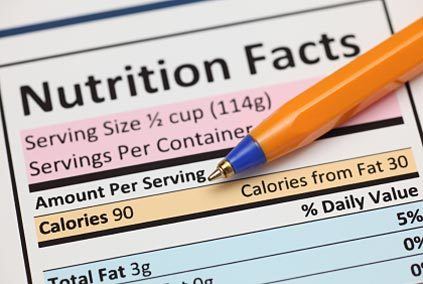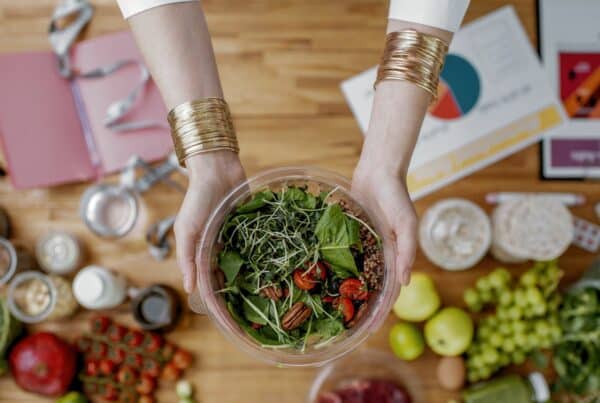Food labels can be confusing. More often than not, we spend half the time standing in Coles reading the labels on products and getting confused at the numbers of different additives (who even knows what they mean?!). In the end, do we even know if it’s actually a healthy choice? When looking at the back of a package, the nutrition panel is what to look at – the basics to know.
Serving size
– More often than not people don’t follow the serving size guide and end up eating 2-3 times the amount – hello cereal in the morning!
– The serving size listed on the packet (decided by the manufacturers) might not be the amount you would eat. The classic example of a food many overestimate is pasta – 1/2 a cup is a serve!
– When comparing foods in the grocery store, always look at the ‘per 100g’ column on the food label as it is more representative.
Energy
– Energy content of food may be written in calories or kilojoules.
– Discretionary foods (or those sugary or salty treats) have a high energy content, but are lacking in essential nutrients.
– It’s common to see foods labelled as ‘light’ or ‘low fat’, but while the sugar or fat content is lower, the energy content may be higher.
Fat
– Fat is commonly split into total fat and saturated fat on food labels.
– For total fat, choose a product with 10g per 100g or less; while saturated fat is lower and recommended to consume foods with 3g per 100g.
Carbohydrate
– Carbs are found in most foods, as they include starchy foods (such as bread or pasta) and sugar.
– Going for wholegrain foods is recommended as they’re rich in fibre (good for digestion!), vitamins and minerals.
Sugar
– Let’s just put it out there: avoiding sugar completely is not necessary but aim to avoid ADDED sugars.
– We like to say go for less than 15g per 100g.
– Always check the ingredients for sneaky sugars called different names, such as dextrose, juice concentrate, malt and cane sugar.
Sodium
– Sadly, salt is a common factor in increasing the risk of heart disease and is commonly advised to limit in our diets.
– The general rule of thumb for salt is less than 400mg per 100g is good, but less than 120mg per 100g is excellent.
– Salt is also sneaky and can listed as baking powder, monosodium glutamate (MSG), stock cubes or yeast extract.
Ingredient list
– The ingredients are listed from greatest weight to the smallest weight; we recommend to try to avoid foods that have salt/sugar/fats listed as the first three ingredients.
– If you can’t pronounce it, maybe don’t eat it. I’m looking at you Butylated hydroxtoluene.
Food additives
– Additives are used in foods to improve the taste, appearance and shelf-life.
– There are hundreds of food additives used, with each grouped for their purpose. Sugars are in the 100g range, preservatives in the 200 range for example.
– To put it simply, the more numbers in the list, the less likely it’s good for you!
There is a lot of information on food labels, but once you understand the basics and what key things to look for, you too can be making healthier choices in no time – and won’t be standing in Coles staring mindlessly at food!
If you’re looking for tailored information on correct nutrition for you, contact us now!







